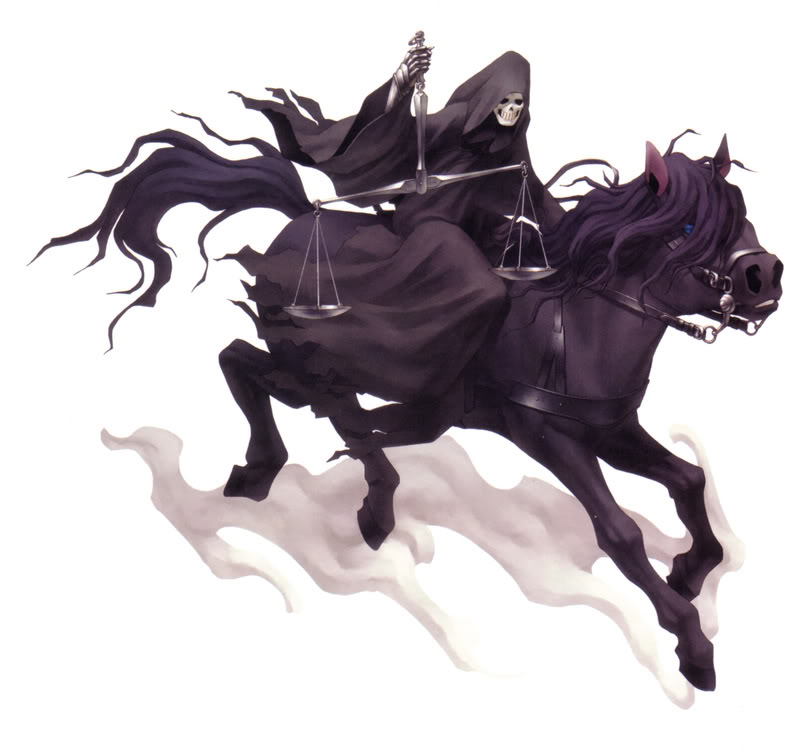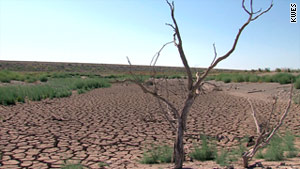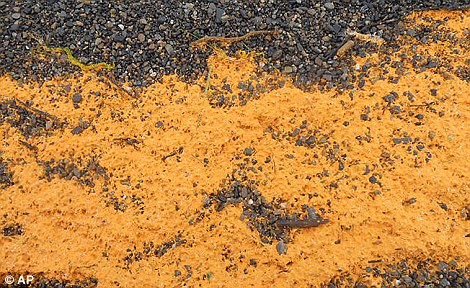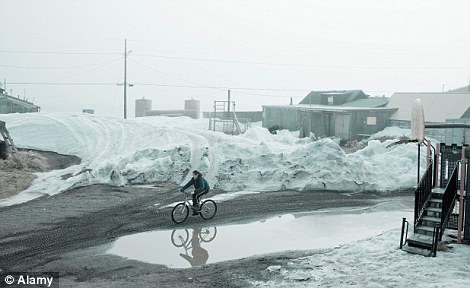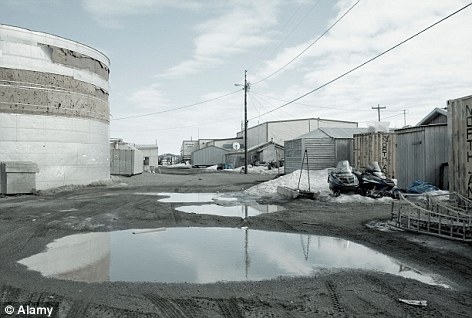Texas is suffering
from the third-worst drought in the
state's history, according to
state Agriculture Commissioner Todd
Staples. More than 2 million acres of
farmland have been abandoned due to the
exceptional dryness, he said, and the
weather has been "excruciatingly
painful" for producers, affecting the
harvest of
cotton, corn and grain.
Tropical Storm Don
teased Texas last weekend, making
landfall between Beaumont
and Corpus Christi, but it petered out
into a tropical depression far, far away
from
West Texas and shriveling water sources
like Lake Spence, some 250 miles west of
Dallas.
Photos posted online
by CNN affiliate KWES in Midland showed
parts of the reservoir
that have been reduced to the basics --
the river that feeds it surrounded by
acres of
crackled, dried-out lake bed, some of it
already being reclaimed by vegetation.
"I'll be 65 tomorrow
and I've never seen anything like it,"
Mayor John Jacobs of
Robert Lee said of the situation. The
bigger cities, which have other water
sources,
are no longer allowed to pull from Lake
Spence, but even with only Robert Lee
pumping water, if it doesn't rain the
town can expect to run dry "around the
first
of the year or March, maybe," he said.
The town is down to
less than 1% of its water supply, and
residents are under
Phase 3 drought contingency plan,
meaning no outdoor watering at all, he
told KWES.
Already, to try to
achieve a 35% reduction in daily usage,
officials are encouraging
residents to find multiple uses for
bathwater and other spent water.
Right around the
corner lies the prospect of rationing,
or as Jacobs described it to the
TV station, "a pro-rated deal where
everyone gets so much water per family
member."
The only option for
getting the water from somewhere other
than Lake Spence is by
pipeline or truck. Jacobs said the town
still has an emergency plan to lay a
12-mile
pipeline to Bronte, the nearest water
supply, but not a foot of pipe has been
laid yet.
"We're trying to jump through hoops with the state to get the permits," he said.
And, it's not as though anyone in West Texas is doing much better.
"I don't know where
you go to find someone who has excess
water," Jacobs told
KWES. "We'd probably use the National
Guard and I have no idea where they
would get the water to truck in."
Llano, to the south,
gets its water from the Llano River,
which is drying up, and
San Angelo, 32 miles to the south, is
down to a two-year supply.
San Angelo also is
home to the nearest operating car wash
-- a luxury by Robert
Lee standards these days, the mayor
said.
"You can see lots of pretty nasty cars around here."

